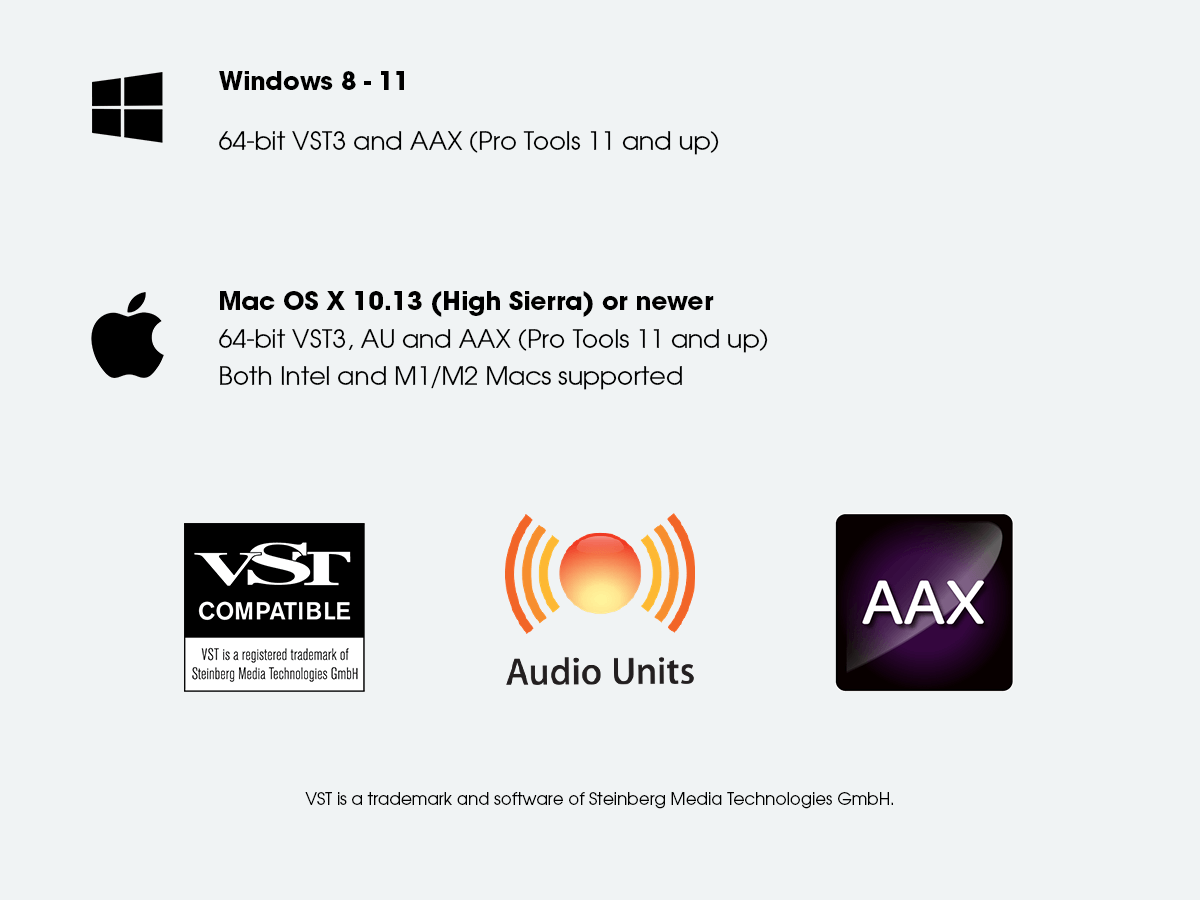Check out the trailer!
Check out our introduction video showcasing PanBox!
However, if you're looking for all the nerdy details, they're right below.
Check Out The Walkthrough
Learn how to use PanBox with this full walkthrough by our founder Joël Dollié.
Features
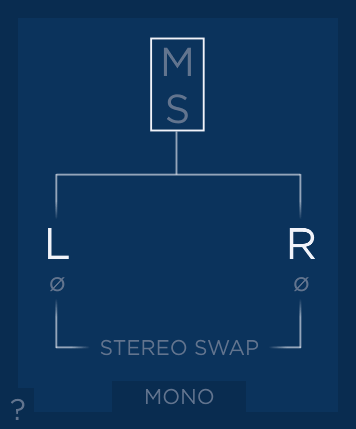
Our very intuitive Input Matrix allows you to solo or extract any information out of the stereo signal. Want just the left channel but mono'd in the center? Easily done. During this phase you can prepare your signal for the panners that follow. Want to create a phase corrected ''mono side signal''? it's also possible. Our input matrix gives you endless possibilities.
The width knob controls the stereo spread at the beginning of the processing chain, enabling you to fine tune the width into panning. The Mono Freq knob sums the signal to mono below the selected frequency, providing additional control over the stereo image.
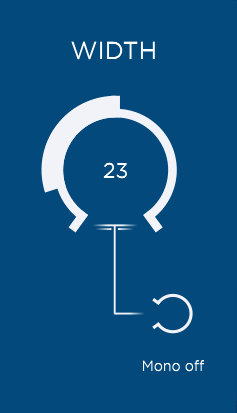
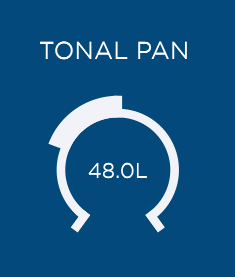
Tonal Pan offers a more natural pan. Unlike traditional panning methods that simply adjust the levels of the left and right channels, tonal pan uses filters that pan high frequencies before low frequencies. This results in a more lifelike and organic sound.
Smart Pan borrows some of the logic from Tonal Pan but goes further by introducing MS (mid/side) to the equation, resulting in an even more realistic stereo field in most situations.
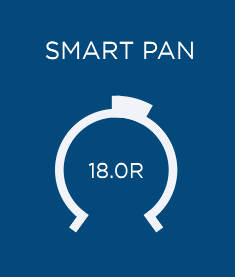
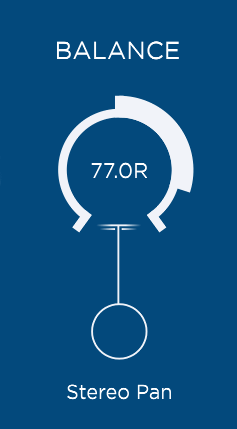
Haas Pan: Achieve the Haas effect with a simple knob! Delay one side of the stereo signal by a set amount of milliseconds. When the Fine mode is activated, the available range narrows from 0-30ms to 0-1ms, allowing for micro delay adjustments.
Balance: A classic yet effective balance panner that adjusts the levels of each channel based on the panning direction. In Stereo Pan mode, the content of the opposing channel gradually blends into the channel you are panning towards, allowing for panning without any loss of information.
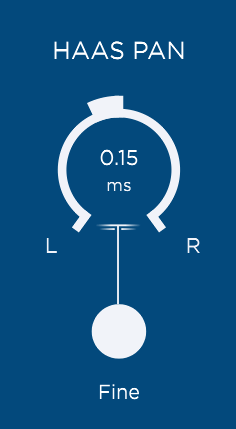
Different tools for different needs
Every recording or source requires different settings. An overly wide source might benefit more from traditional balance panning while a perfectly recorded source would get unnecessarily narrowed unless a gentler ''width preserving'' algorithm is being used.
Get Creative
We also included options to give you total control over the stereo field, like the ability to apply panning on either mid, side, left, right, or a combination of these things. Say you have a problematic recording with phase issues, you could decide to only keep one of the channels, dual mono, and remix it from there.



